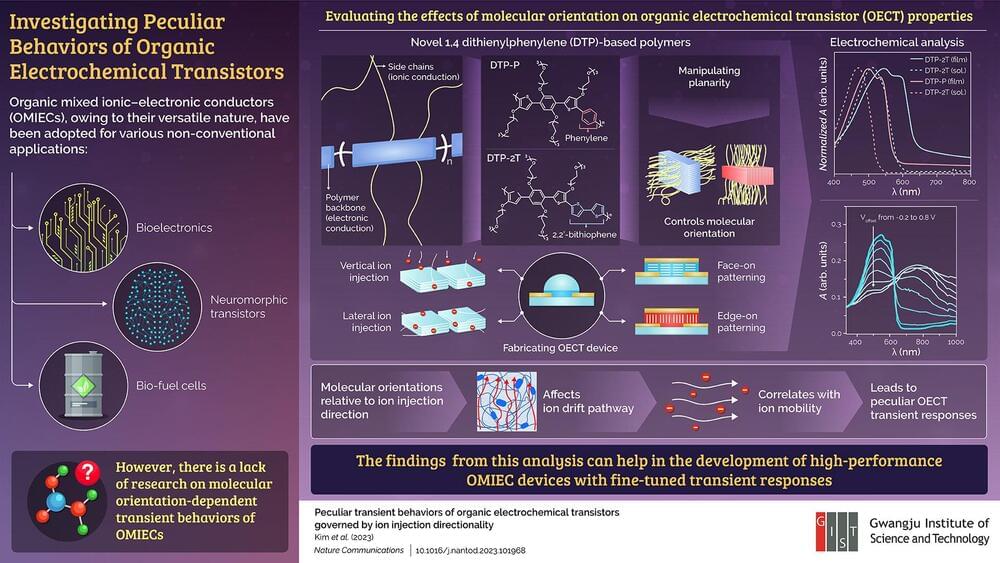Organic mixed ionic–electronic conductors (OMIECs) are a highly sought-after class of materials for non-conventional applications, such as bioelectronics, neuromorphic computing, and bio-fuel cells, due to their two-in-one electronic and ionic conduction properties.
To ensure a much wider acceptance of these fascinating materials, there is a need to diversify their properties and develop techniques that allow application-specific tailoring of the features of OMIEC-based devices.
A crucial aspect of this process is to develop strategies for evaluating the various properties of these materials. However, despite the increasing popularity of OMIECs, there is a severe lack of research on the molecular orientation-dependent transient behaviors of such conductors.









Comments are closed.